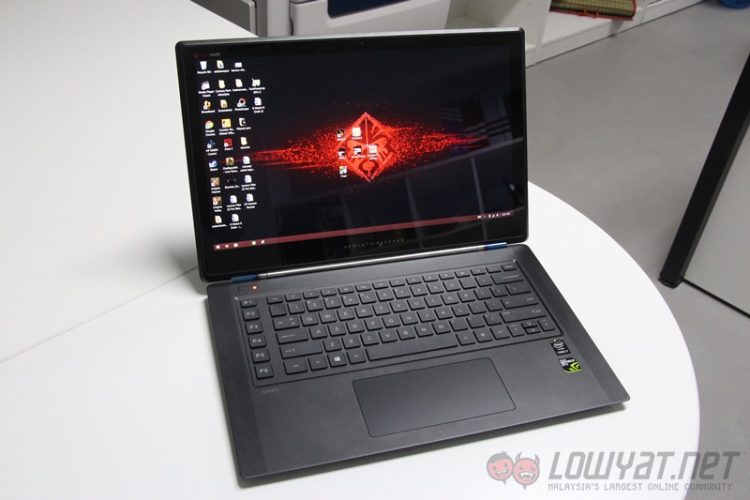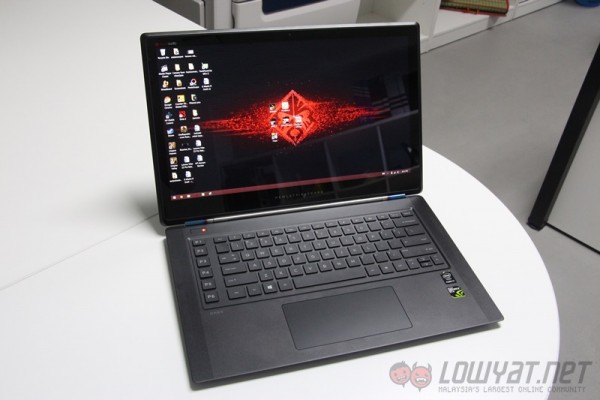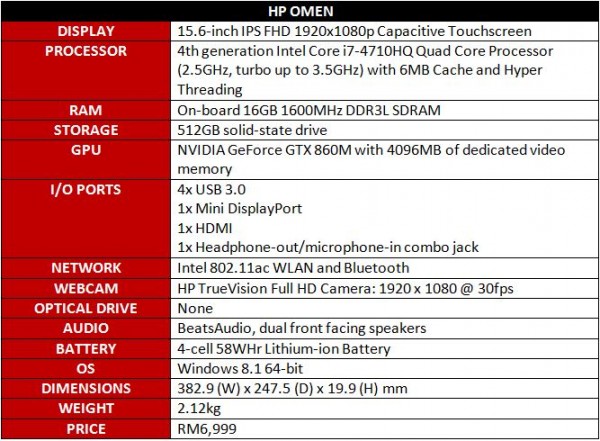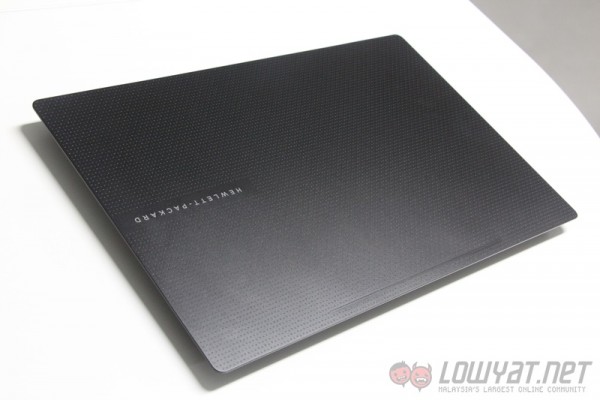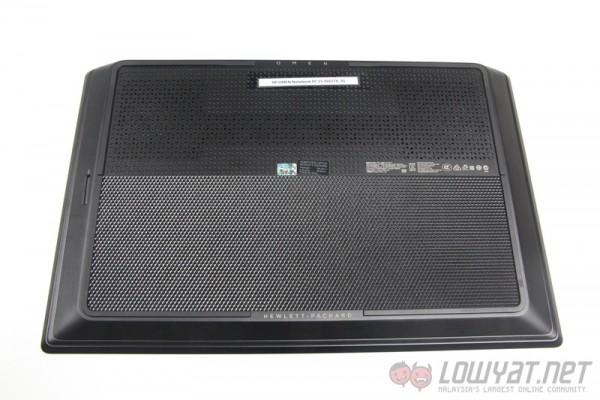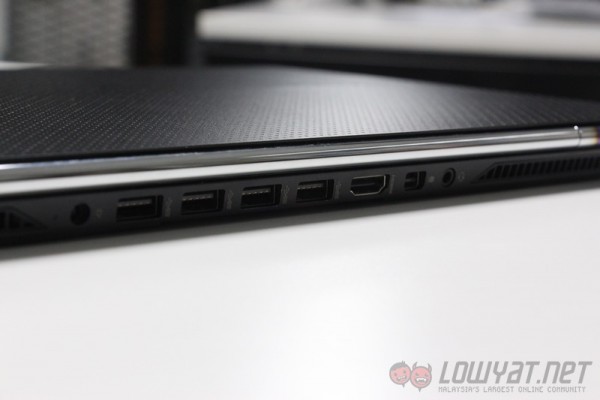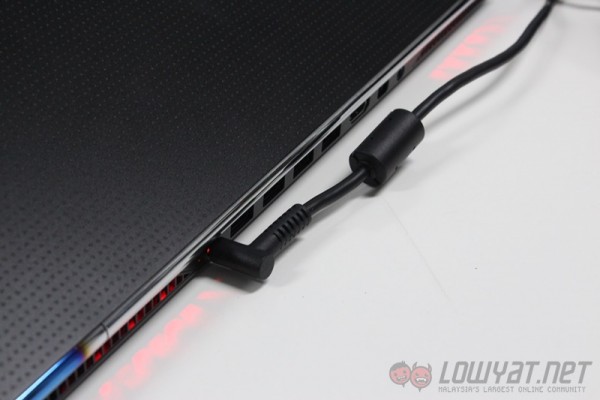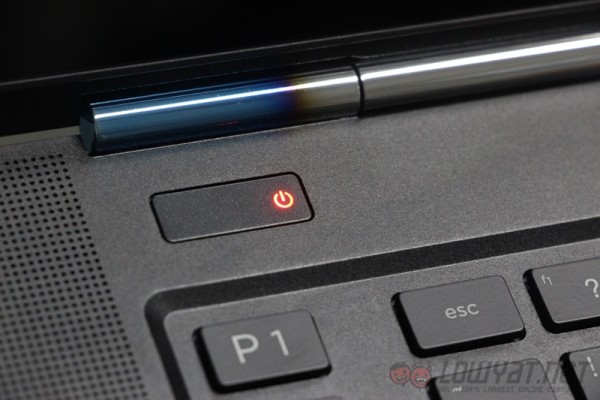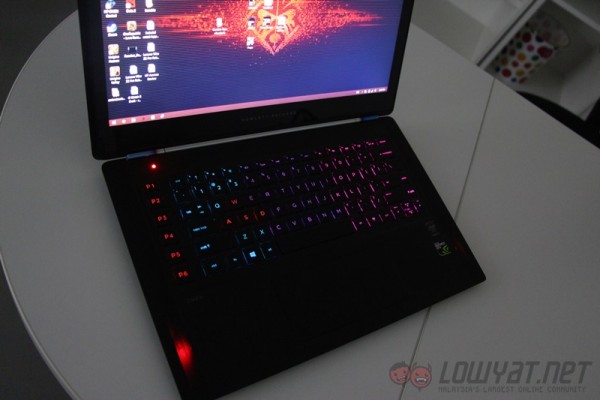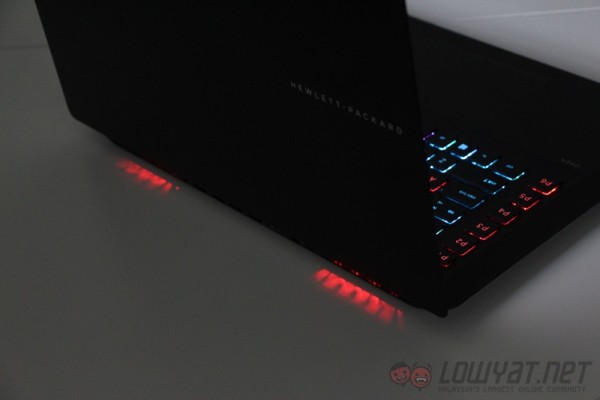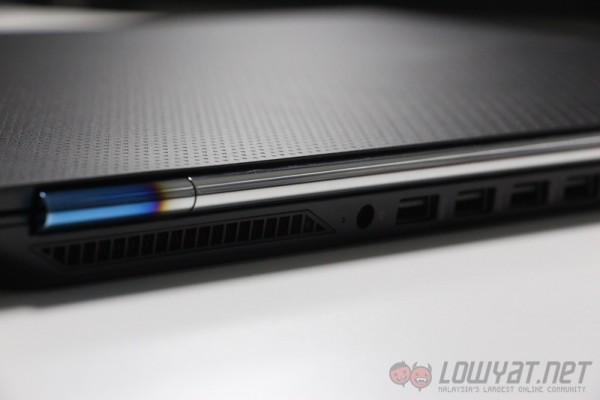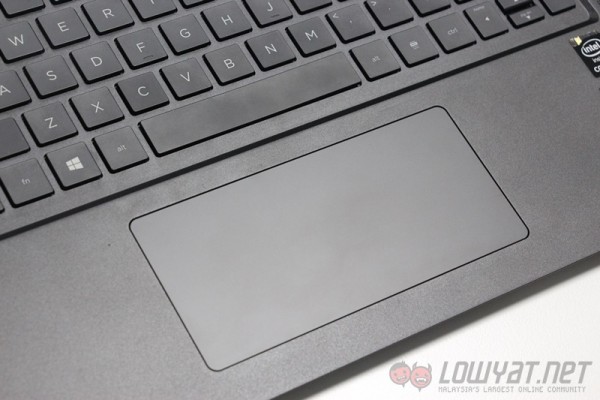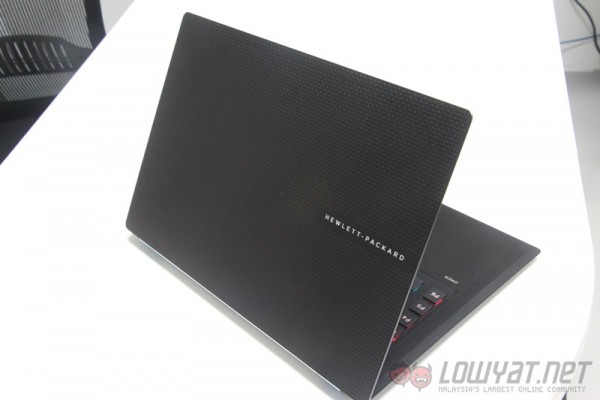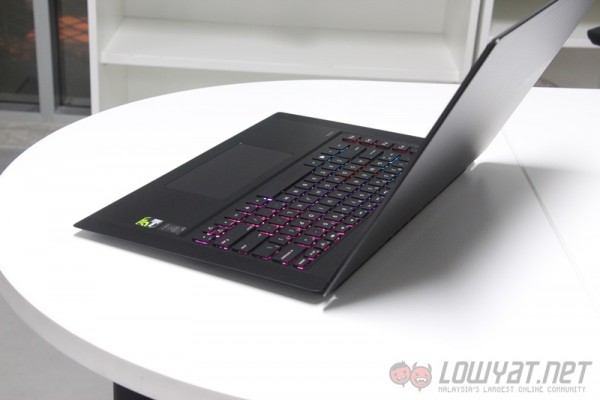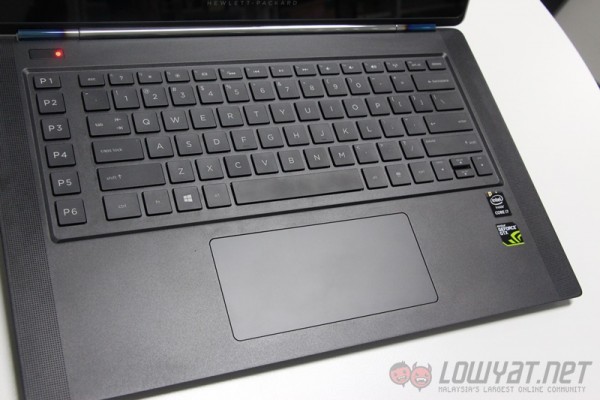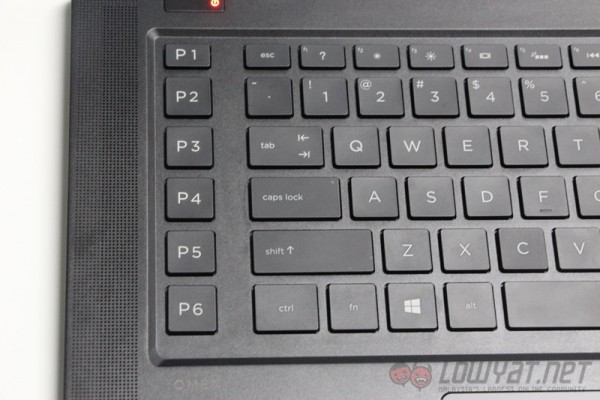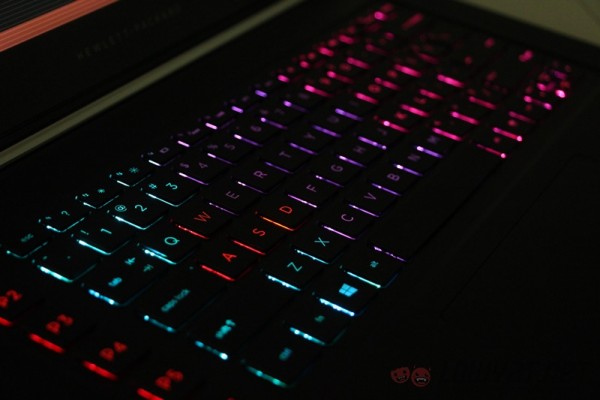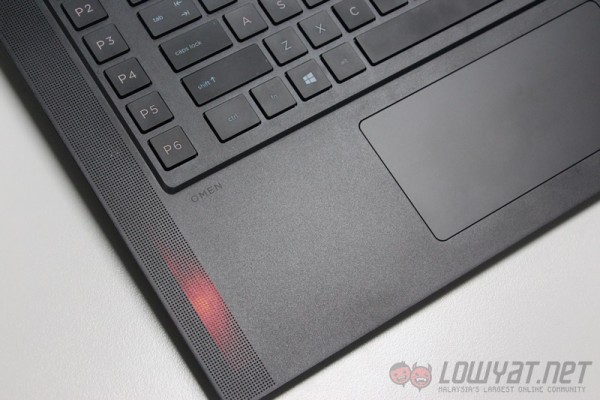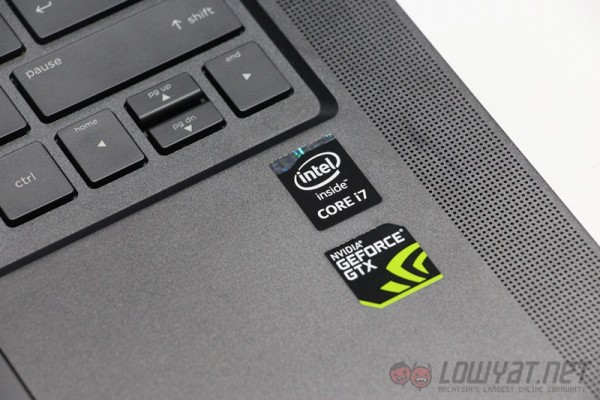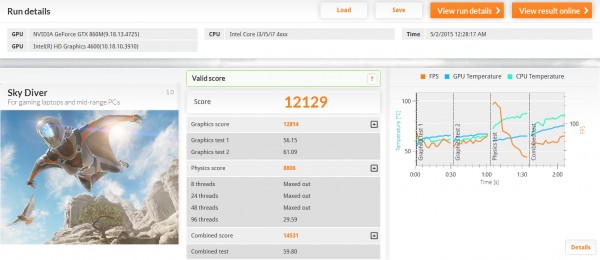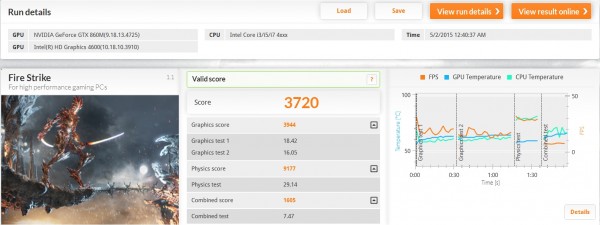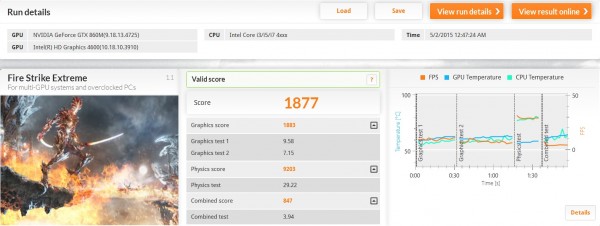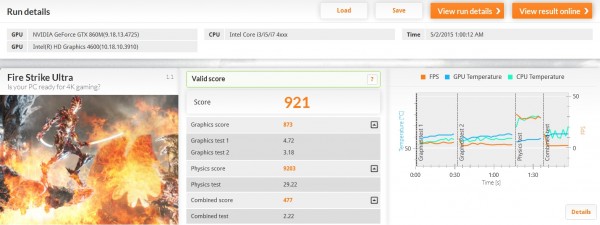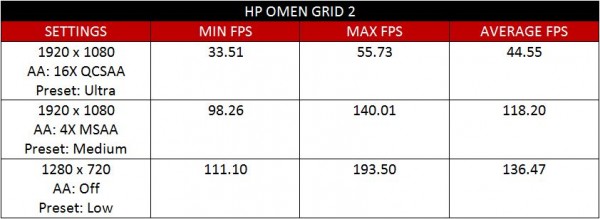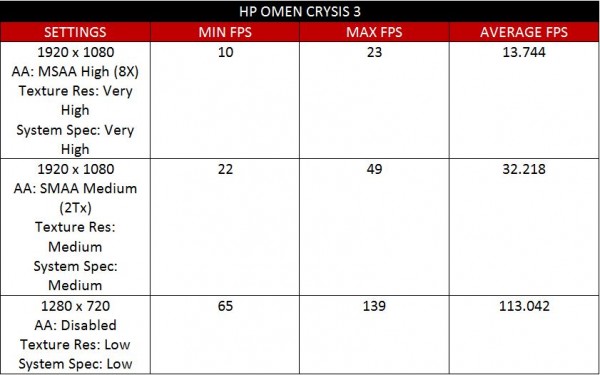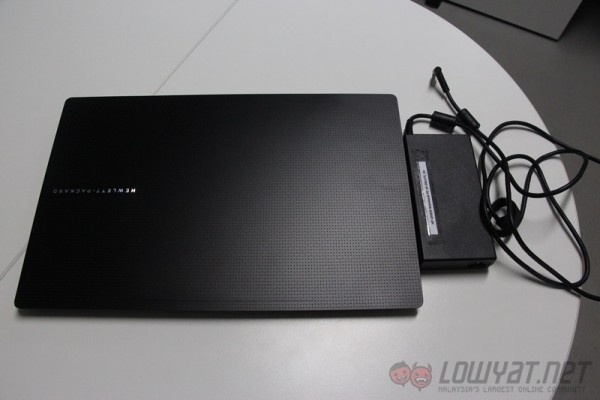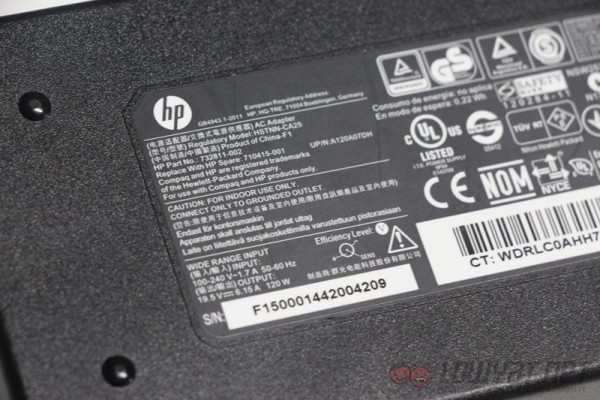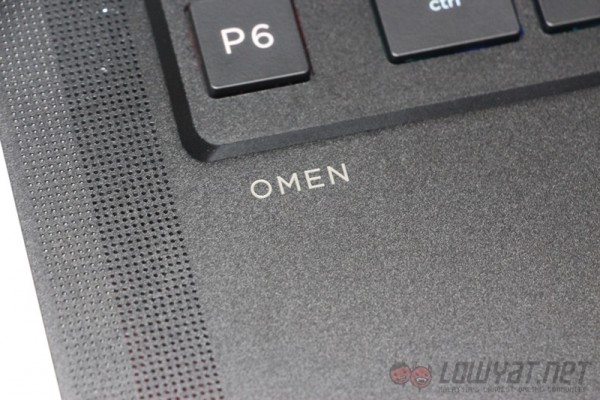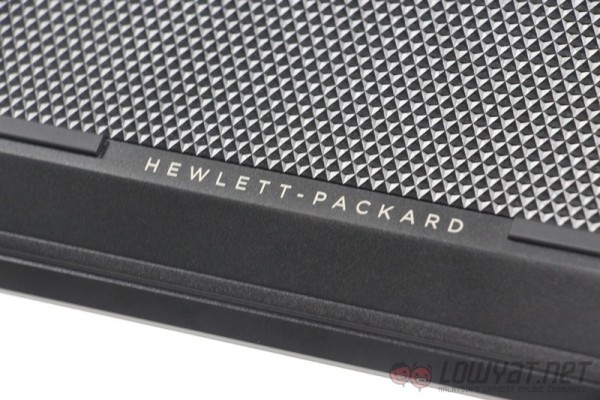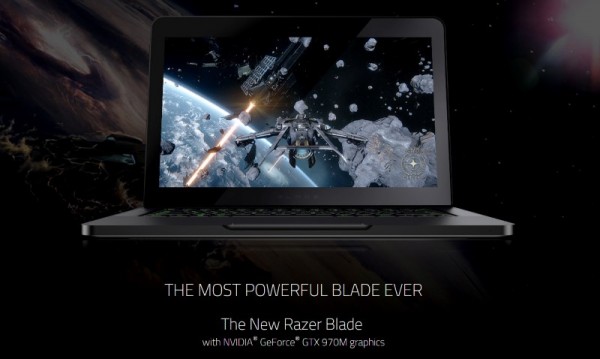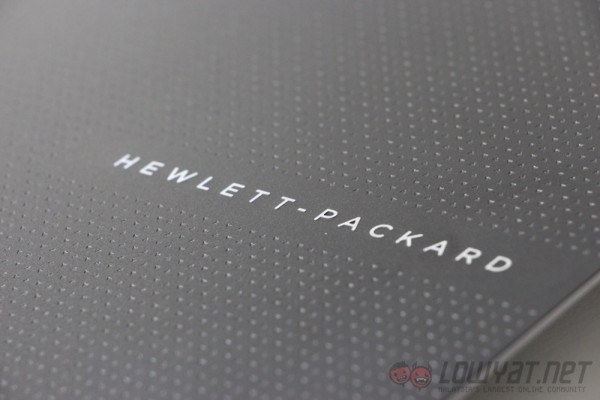HP definitely surprised a few of us when it unveiled the Omen. This particularly sleek gaming laptop marks the company’s return to the gaming laptop market; since HP hasn’t exactly ventured much into this market, it is definitely planning to change that with the Omen. However, how does it stack up against other gaming laptops? Is the Omen more style than substance?
SPECIFICATIONS
DESIGN
At first glance, the Omen definitely looks understated, with only the Hewlett-Packard logo on the lid. The sides of the laptop are clear of any ports (aside from the SD card reader), and every part of the Omen screams quality, including the aluminium body and the glossy touchscreen panel. The laptop also has a particularly odd “trapezoid” design, which gives the illusion that the laptop is thinner than it actually is. However, measuring at only 19.9mm, the Omen is actually a pretty slim laptop. It’s also ridiculously light for a gaming laptop at 2.12kg.
However, the design does come at a price. In order to make the Omen such a svelte-looking laptop, all of the ports are located at the back, except for the SD card reader which is placed at the right side of the laptop. To make things worse, the power cable is angled, so it’ll either cover some of the USB ports or the right vent of the laptop. The card reader isn’t exactly easy to use as well, thanks to the shape of the laptop. In order to insert a memory card into the slot properly, I had to lift the laptop up to locate it.
On a more positive note, the customisable RGB backlit keyboard adds to the premium vibe of the Omen, although it’s not particularly bright. The speakers and vents at the back of the laptop are also illuminated, giving the Omen a very aggressive look. Oddly enough, while the lighting for the keyboard and speakers can be disabled, there is no way to do the same for the vents. It’s not much of an issue considering that I won’t be looking at the back of the laptop, but the bright red power indicator is definitely a nuisance – which, thankfully, can be disabled.
And then we have the Omen’s chromed hinge with blue accents on either ends. While a chromed hinge is quite the looker, it does get a little distracting after some time. If I had to live with it though, it’s probably something that I can get accustomed to after some time. Appearance aside, the hinge is actually very impressive. The lid can be lifted effortlessly with one hand, and the laptop also closes with a very nice and satisfying thud. While these are really only small touches to the laptop, they do further emphasise the premium build quality of the Omen.
Everything is almost perfect with the Omen, but there’s one glaring (pun intended) issue with it: the glossy display. It’s possible that the display has to be glossy in order to facilitate the touchscreen digitizer, but I would happily trade the touchscreen feature in exchange for a matte display. A glossy screen just isn’t ideal for outdoor usage.
Another particularly odd design choice is the size of the touchpad. For some reason, HP decided to make it really, really wide; much wider than conventional touchpads. That being said, it doesn’t really get in the way of typing, much to my surprise. The touchpad is also disabled once you connect a mouse to the Omen, which is a pretty nice touch. I just wish there were dedicated buttons for left and right click on the touchpad.
In any case, the HP Omen is definitely a very well-designed laptop with premium touches here and there. It’s easily one of the most well-built gaming laptops – or just laptops in general – out there.
USER EXPERIENCE
Booting up the HP Omen for the first time took me by surprise. It only took roughly five to seven seconds or so to boot it up, which is pretty impressive. This can be attributed to the fast PCI Express 512GB SSD inside the Omen.
While the HP Omen is marketed as a gaming laptop, it has a touchscreen that offers no real benefit for gamers. Personally though, I like it. It helps a lot with other purposes such as web surfing and filtering through pictures. Although it’s a feature that I can live without, it is nice nonetheless.
Speaking of display, the Omen’s IPS panel is adequately bright, has good colour contrast, and boasts good viewing angles. Even though it doesn’t have a top-of-the-line 4K display, the 1080p display is more than enough, not to mention having the benefit of a longer battery life. However, I do have one gripe with the display. Even at the lowest brightness setting, the display is still somewhat bright. If you were thinking of conserving battery life by dimming down the display (I sure did), you can pretty much forget about it.
The keyboard is one of my favourite aspects of the Omen. It has a fair amount of travel for such a slim laptop, and it’s also pretty clicky, which is nice to do a lot of typing. While it won’t rival any mechanical keyboard in terms of tactile feedback, it’s a fine keyboard for daily usage or even gaming. There is also a row of macro keys on the left side of the keyboard that can be programmed to users’ liking.
In terms of heat, the Omen handles it pretty well. In areas where my palms are resting (namely the lower portion of the laptop), I barely notice any amount of heat during normal usage. Even in extensive-gaming sessions, I didn’t notice the laptop heating up. However, it does get warm when I did the Sky Diver demo loop for the battery drain test (more on that in the battery life section), but it’s still more than tolerable.
The Omen is also a silent laptop. When I’m using it for low-intensity tasks, I barely notice any amount of noise from the fans. Unless you’re using the laptop in a dead silent environment, you wouldn’t really notice any amount of noise.
But, as expected of any gaming laptop, the Omen makes itself heard once I started gaming on it. While the noise level does get considerably louder than it was during normal usage, it’s still acceptable. If you want to ensure that the Omen stays cool all the time, there’s an option in the HP Omen Control to crank up the fan to its maximum speed; which, needless to say, cranks up the noise level as well.
The audio quality of the Omen, however, needs a lot of improvement. Although the Omen boasts BeatsAudio, the amount of bass that the speakers have is very underwhelming – which is probably due to the lack of a subwoofer. Considering how Beats products are often associated with very bass-heavy audio experience, the speakers are quite a disappointment. They’re not even that great in other aspects as well, lacking detail and sounding tinny.
PERFORMANCE
Seeing how the Omen is equipped with an NVIDIA GeForce GTX 860M mobile graphics card, you can expect it to perform pretty well as a gaming machine. Working in tandem with the GPU is a 4th generation Core i7-4710HQ processor clocked at 2.5GHz with Turbo Boost up to 3.5GHz, which is pretty standard for a gaming laptop of this calibre.
First, we utilised the PCMark 8 synthetic benchmark tool to represent a typical workload of the average consumer. These include home, work, and creative. On all three tests, nothing particularly stood out, which isn’t necessarily a bad thing. It actually performed marginally better in comparison to its competition.
In our synthetic benchmark tests on 3DMark, the Omen performed admirably, bar the highly-demanding Fire Strike set of tests which are meant for high-performance gaming desktops that would probably cost a limb (or two). In any case, there really is nothing surprising from these results; everything is up to expectations based on the Omen’s specifications.
Our gaming benchmark tests, on the other hand, involved five different games: Grid 2, Bioshock Infinite, Tomb Raider, Battlefield 4, and of course, Crysis 3. As expected, the first four games achieved a playable average framerate of 30fps and above at 1080p on every single setting, but the Omen clearly struggled with Crysis 3 at Ultra settings, which is understandable considering how much power is required to run the game.
Based on these benchmark results, the Omen should be able to play the latest games on the highest setting. Just don’t expect a buttery smooth framerate of 60fps or more if you decide to push the graphics settings.
BATTERY LIFE
In terms of battery life, the Omen performs adequately. The 4-cell 58WHr battery had enough juice to play a 1080p video continuously for up to 2 hours and 30 minutes, which is neither bad nor impressive. On the PCMark 8 Home Conventional battery life test, it managed to last for 2 hours and 22 minutes, which is quite average as well.
When it comes to gaming, however, don’t expect the battery life to hold out for long. In our Sky Diver loop test, the Omen only managed to last for 47 minutes or so before the lights are out. Better keep the power brick handy if you plan to do some serious gaming on it.
For everyday usage, the Omen should provide enough juice for some light tasks while you’re away from a power outlet. Just don’t expect it to last for more than five hours on a single charge, not to mention the fact that the brightness of the display can’t be turned down by much to conserve power. However, the 1080p display (in contrast to a 4K display) should help with battery life.
COMPETITION
As far as competition goes, the HP Omen has some serious contenders from various price points, all of which are lower from it as much as RM2,000 or even more. As the Omen is practically in a price point of its own when we take into consideration its specifications, I’ll compare it against the arguably best value-for-money gaming laptop, which is the Acer Aspire V15 Nitro Black Edition.
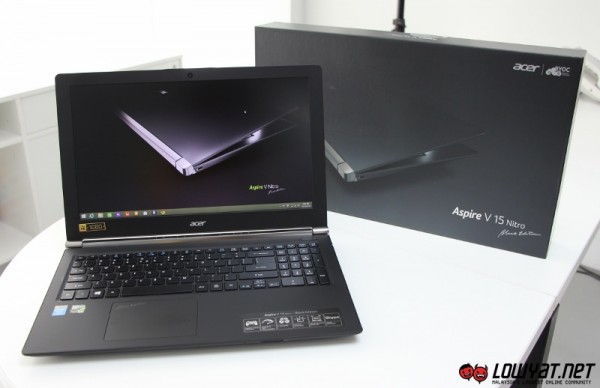 The Acer Aspire V15 Nitro Black Edition
The Acer Aspire V15 Nitro Black Edition
First of all, let’s compare the storage type. Unlike the Omen, the Acer V15 Nitro only has a slower HHDD versus the former’s much faster PCI Express SSD, which understandably drives up the price considerably. However, the V15 Nitro has twice the storage space of 1TB compared to the Omen’s 512GB of storage.
And then, we have the ever-subjective aspect of “build quality.” Like I have previously mentioned, the Omen definitely gives the impression of a premium laptop, while the Acer V15 Nitro isn’t exactly what you would consider “premium,” even less so for the brand that it is associated with. The Omen also offers a touchscreen display, but looking at it from the perspective of a gamer, this might not be such a big deal.
Other than that, both laptops have more or less the same gaming performance, except for the benefits that the Omen’s SSD storage brings. The Omen also has a slightly better battery life, but once you compare its price against the Acer V15 Nitro’s retail price of RM3,399 (which is less than half of the Omen’s price tag), it’s hard to pick it over the V15 Nitro, although the 512GB PCI Express SSD of the Omen is very compelling.
In any case, there is also an upcoming laptop that will spell trouble for the HP Omen: the 2015 Razer Blade. No, I’m not talking about the extremely pricey variant with a 4K display, but the new full HD non-touchscreen model. Retailing at US$2,000 (approximately RM7,335), it’s almost impossible to pick the Omen over the much more powerful 2015 Blade which has a GTX 970M and a Core i7- 4720HQ processor. However, it’s worth noting that the new Razer Blade is not in the Malaysian market…yet.
CONCLUSION
The HP Omen is a well-crafted laptop which screams premium build quality all over it. The only real issue with it is its very high asking price of RM6,999. If you’re looking for a laptop that gives you the best bang for your buck, the HP Omen is definitely not something you’d consider.
In my opinion, no one should be forking out that kind of money for the Omen’s gaming prowess; instead, it’s for the premium quality and design of it, which is hard to put a price on. In any case, the Omen will face tough competition at every corner, and if the upcoming full HD non-touchscreen 2015 Razer Blade makes it into the Malaysian market, HP better be prepared.

